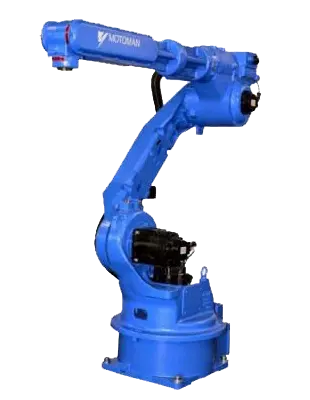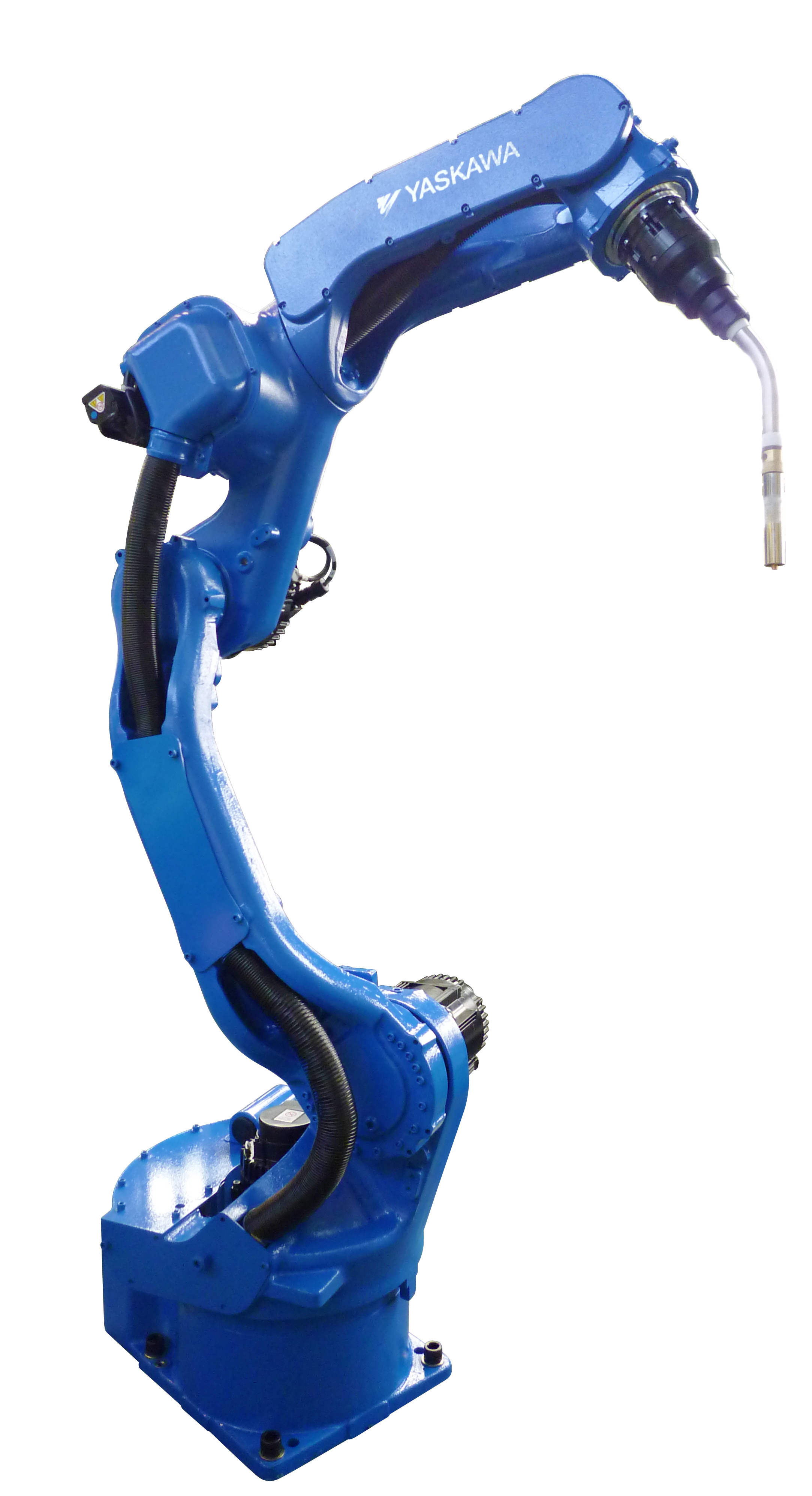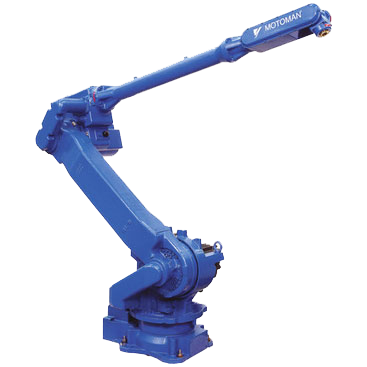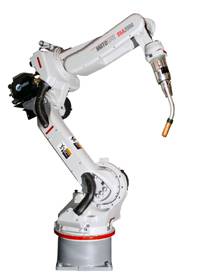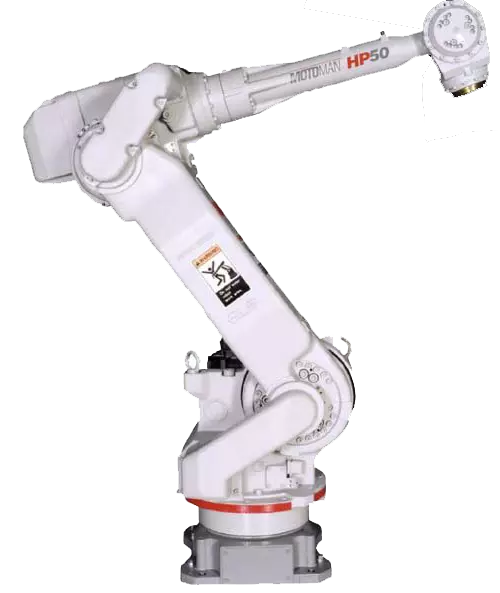History of Yaskawa Motoman Robots
Yaskawa Motoman is one of the top robotic manufacturers in the world. Over the years they have produced many popular robot models including the HP6 and the MA1400. They manufacture industrial robots for just about every production related application including welding automation, robotic assembly, automated material handling, material removal, and robotic palletizing. Below is an overview of the history of Yaskawa Motoman robots, depicting how they have become an industry leader.
1970s
Yaskawa Motoman was originally solely based in Japan with a focus on manufacturing electrical equipment. In 1976, Yaskawa Motoman expanded their operations to Europe, where they broke into the welding machinery market. This led to Motoman introducing their first articulated robot the following year in 1977, the Motoman L10. The L10 was designed to automate arc welding applications with its 5 axes.1980s
During the 1980s Yaskawa Motoman expanded further into the robotic industry, starting with the release of their RG controller in 1980. The RG control system could control up to 6 axes and had programming capacity for 1000 positions. The RG controller would be paired with Yaskawa’s L10W robot when it was released in 1982. The Motoman L10W was the first 6-axis robot and improved upon the L10 with an expanded work area of 80% and lighter configuration. In 1983, Yaskawa released the RX controller which could handle up to 8 axes. In 1985 the entire L series was released. Motoman rounded out the decade by launching their ERC controller and K-series robots in 1988. In 1989, the Yaskawa Motoman ArcWorld series was introduced, becoming the first line of pre-engineered weld cells. Also, in 1989, Yaskawa expanded its operations into North America with the founding of Yaskawa Motoman Robotics in the U.S.1990s
Yaskawa Motoman continued with their innovations throughout the 1990s. In 1994 their MRC controller was introduced which featured the ability to control 21 axes and the movements of two robots. That same year the Motoman SK series was launched which made dual robot operation possible. In 1998, one of Yaskawa’s most successful controllers was released, the XRC. The XRC could control up to 27 axes and allowed for three to four robots to be synchronized. The XRC controller would be paired with Motoman’s UP series when it was introduced later the same year. The UP series featured the UP6 and the UP50N with a simple arm design and ability to automate many applications.2000s
In 2001, Yaskawa Motoman released two new lines of expert welders, the EA and ES robots. Yaskawa’s EA “Expert Arc” series featured the Motoman EA1400N for robotic arc welding. While their ES “Expert Spot” series featured the Motoman ES165N for automated spot welding. In 2004 the NX100 controller was introduced and once again pushed controller capabilities with its ability to control 36 axes. In 2006, Yaskawa Motoman reinvented the standard robotic manipulator arm with the release of their DA20, which featured not one but two robot arms. With the success of the DA20, Yaskawa finished out the decade by releasing two more robots in 2009, the VA1400 and SDA10.2010- Present
In recent years Yaskawa has continued their expansion of robotic technology. They launched their FS100 controller and MPP3 robot for high-speed picking and packing in 2011. 2015 saw the introduction of the DX200 controller, building upon the success of their DX100. The DX200 controller powers various robot models including the Motoman MH24 and MH215. Other recent advancements from Yaskawa include their YRC1000 controller, HC and GP collaborative robot lines, and updated ArcWorld workcells.Robots Done Right is the place to start when it comes to used robots. Contact us if you are interested in buying or selling your used robot.
